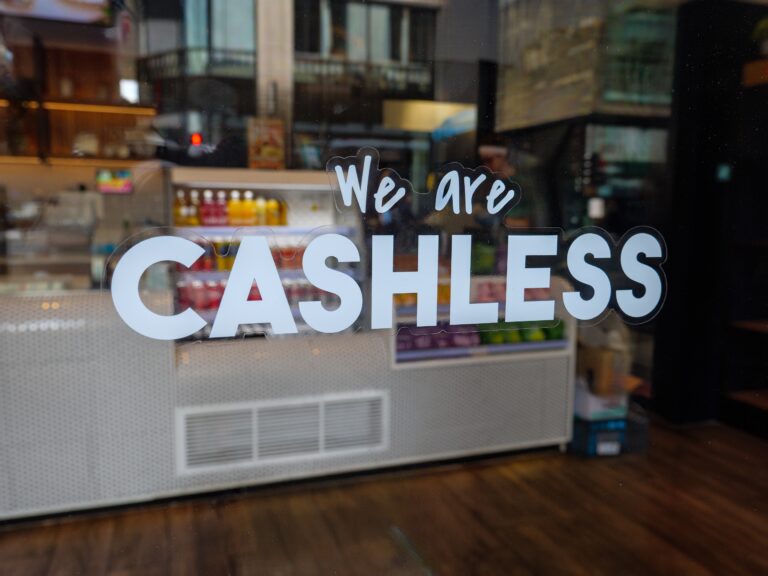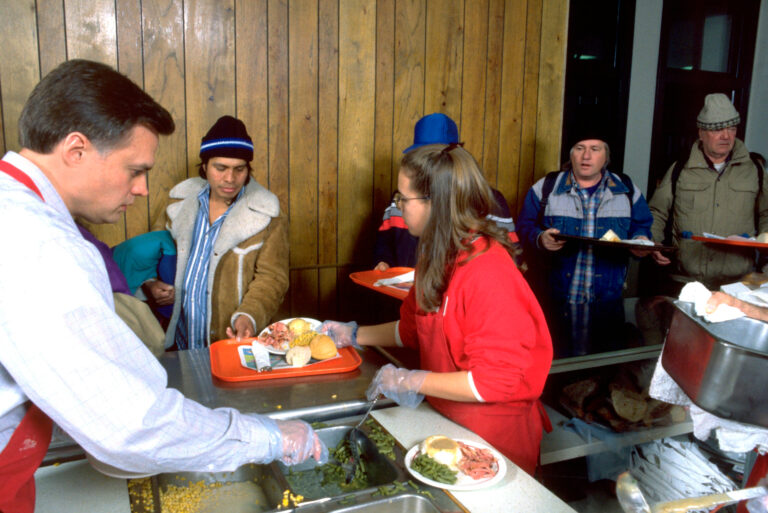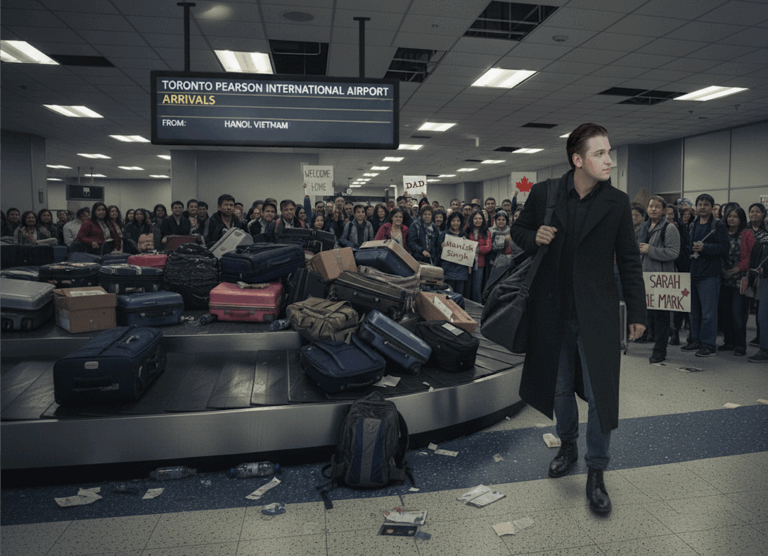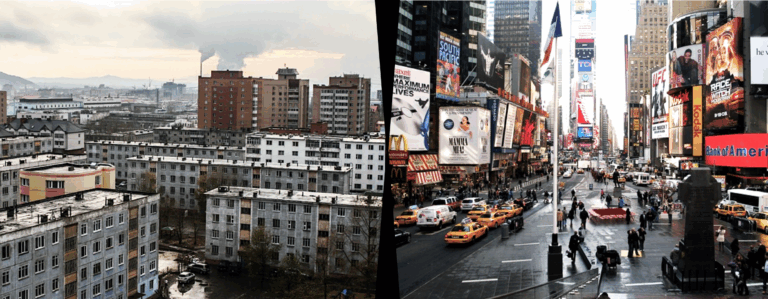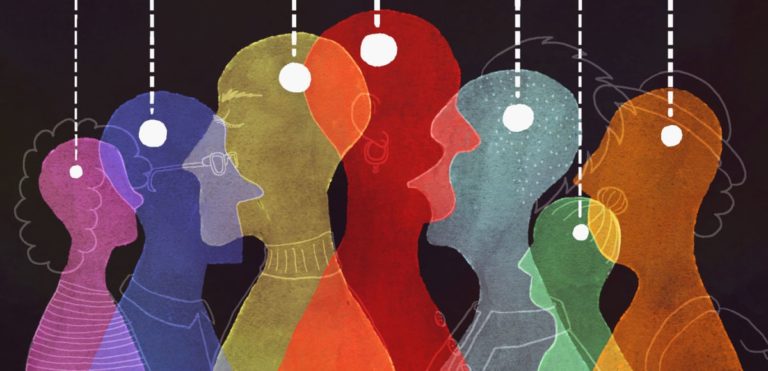If the chattering classes wonder why much of the public is unconvinced by their call to heed the latest, marginally lower crime figures as a reason to dispense with tougher sentencing and more prisons, here’s a suggestion: review some examples of criminals who were released from jail and how their past exits led to new victims.
Here’s one recent example from just this past month. In Calgary, Kelly Davey, 50, was released after a two-year federal prison sentence for sexual assault and failure to comply with a probation order. In their warning, Calgary Police Service notes Davey’s lengthy criminal record — he’s got convictions as far back as 1978 on sexual assault, robbery, assault and uttering threats. But if he’s still such a danger, why didn’t the Crown somewhere in his many past convictions recognize that and petition for him to be classed as a dangerous offender? Instead — and this obviously is not the fault of police — we’re back to dice-rolling on Davey’s future and ours.
Or consider Sean Douglas Macleod, convicted in 1995 of kidnapping a six-year-old girl out of her Calgary home and sexually assaulting her. He was sentenced to 17 years; he was released after one decade and with a caution from the Victoria police that he posed a risk to reoffend.
Then, there was the 2008 story about Vancouverite William Edward Marshall, convicted of breaking and entering, thieving and assaulting — 148 times since 1979. He’s the archetypical example of a chronic offender in the criminal justice system with a revolving door, still receiving only 30- or 90-day sentences.
In 2009, Cory Lawrence Bitternose was convicted of a 2008 sexual assault of two young women in Banff. He’d already had prior convictions for aggravated assault, sexual assault and unlawful confinement. His previous attacks on women included a 1992 Calgary incident where he beat a woman so severely that her face was left with a sneaker imprint. After this last conviction, the Crown sought dangerous offender status for Bitternose.
It is those examples of criminals that explain why many people don’t have a problem with longer sentences, more frequent and early designations of dangerous offender status, and more prisons in which to hold them.
I’m not suggesting the laws shouldn’t be followed in any of these cases, or that they be made retroactive to keep people in longer. A civilized society doesn’t change the rules mid-stream. But in designing reforms and pondering the need for prisons, a civilized society also doesn’t confuse actual compassion with sloppy sentimentality.
Compassion has to be prioritized or it’s not compassion. At the top of my list are children, other innocents, those down on their luck, and the rest of us.
How one prioritizes the exact order at the top of the list doesn’t matter as much as clarity that their rights trump those on the very bottom — criminals who are chronic, violent or sadistic. By their very repetition, they demonstrate they can no longer be trusted with the rights the rest of us naturally assume.
Laws, sentences, and perhaps even the attitudes of some justices — and I emphasize some — must reflect that prioritization, or new victims will result.
To twist the meaning of compassion by conferring the benefits of freedom on those who already frequently abuse it, is not compassionate; it is to replace facts with the fantasy that everyone is redeemable. In terms of their first horrific crimes, exactly how many extra chances should have been given to face-stomping Bitternose or the child rapist Macleod? My answer would be none.
Perhaps the deeper problem here is that at least some social scientists, politicians and justices subscribe to the hubris that their theoretical calculations about who will reoffend are bulletproof representations of reality. Similarly, they also assume the very souls of individual human beings are capable of endless manipulations towards a good end.
On the first fallacy — not yet, if ever; on the second, even if some chronically violent or sadistic sexual offender might never reoffend, remind me why the rest of us must take the risk?
Why we should serve as an endless social science experiment to see if chronic offenders with their umpteenth chance will or will not again maim, rape, assault and murder? That’s folly and an abdication of common sense.
Sensible sentencing for non-dangerous offenders, debates about the same and rehabilitation where possible are all fine questions to visit often. But only in their proper context.
The most compassionate action and the first responsibility of rulers and courts is always to first protect the innocent. That trumps all else, including misplaced fantasies on chronic criminality that allow yet another chance to offend.
Mark Milke is the chairman of the C2C Editorial Board.
